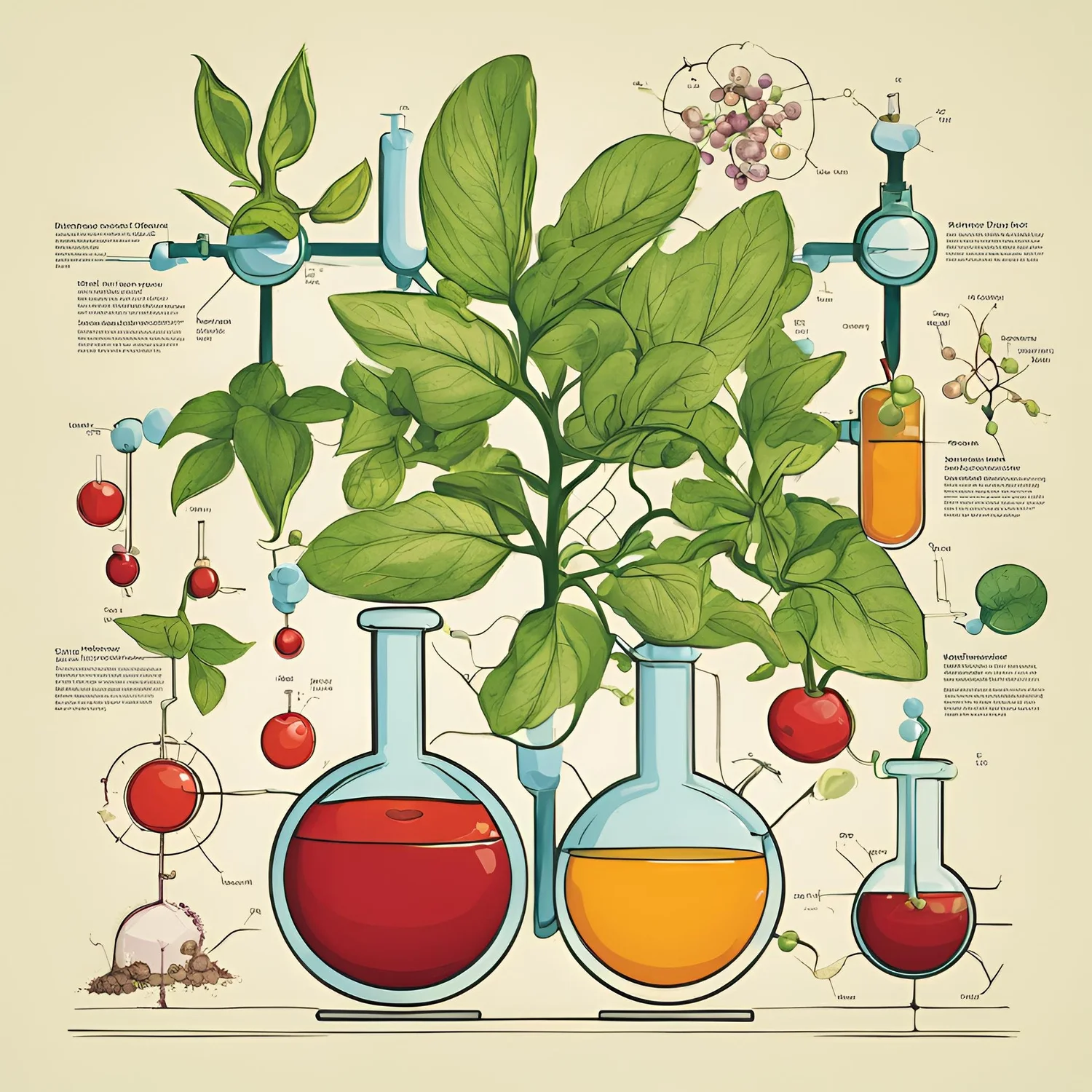Biomarkers of Aging
Biomarkers of aging are measurable indicators that reflect the biological processes of aging, providing insights into an individual's health status beyond chronological age. These biomarkers can be derived from various biological levels, including molecular, cellular, and physiological domains. Understanding these biomarkers is crucial for predicting health outcomes, developing anti-aging interventions, and improving the quality of life in aging populations.
Transcriptomic Biomarkers
Gene Expression and Aging
Transcriptomic biomarkers involve the analysis of gene expression changes associated with aging. These changes can be tissue-specific, with different transcriptomic clocks developed for various tissues such as blood, skin fibroblasts, and muscle tissue .
The transcriptomic age can be calculated using gene expression profiles, which have been associated with biological features of aging, including blood pressure and cholesterol levels .
Transcriptomic Clocks
Various transcriptomic clocks have been developed, such as the Binarized Transcriptomic Aging Clock (BiT age), which uses RNA-seq data to predict biological age with high accuracy .
These clocks are useful for studying cellular mechanisms of aging and testing anti-aging therapies in vitro .
Epigenetic Biomarkers
DNA Methylation Clocks
Epigenetic clocks, such as the Horvath and Hannum clocks, use DNA methylation patterns to estimate biological age. These clocks are highly accurate and have been validated across multiple tissues .
Second-generation epigenetic clocks incorporate additional clinical data to improve predictions of biological age and health outcomes .
Epigenetic Age Acceleration
Epigenetic age acceleration (EAA) is a concept where the biological age, as predicted by DNA methylation, exceeds chronological age. EAA has been linked to increased risks of age-related diseases and mortality .
Proteomic Biomarkers
Proteomic Signatures of Aging
Proteins serve as direct biological effectors, making them appealing as biomarkers of aging. Proteomic signatures, such as PROAge, have been developed to identify individuals aging faster than their chronological age .
These signatures include proteins associated with metabolic health and inflammation, which are predictive of age-related diseases and mortality .
Physiological and Clinical Biomarkers
Blood-Based Biomarkers
Blood biochemistry and cell count tests are commonly used to predict biological age. Models using these biomarkers have achieved high accuracy in estimating age and predicting health outcomes .
Key blood-based biomarkers include albumin, glucose, and cholesterol levels, which are indicative of metabolic and cardiovascular health .
Physical and Cognitive Function
Physical capability measures, such as grip strength and walking speed, are important indicators of aging processes. These measures are closely related to frailty and overall health status in older adults .
The study of aging biomarkers is a rapidly evolving field with significant implications for healthcare and longevity research. Future directions include the integration of multi-omics data to develop more comprehensive biomarkers and the validation of these biomarkers in diverse populations. This approach could lead to personalized interventions that enhance healthspan and quality of life in aging individuals.
Upload basic blood test values (CBC, lipids, glucose) and get your predicted biological age.
Dr. Levine’s PhenoAge Calculator (Excel/Online)
Requires 9 clinical inputs; gives biological age and mortality risk.
TrueAge by TruDiagnostic (Commercial test)
Order a DNA methylation kit and track your age over time.
